Trending Writer said:
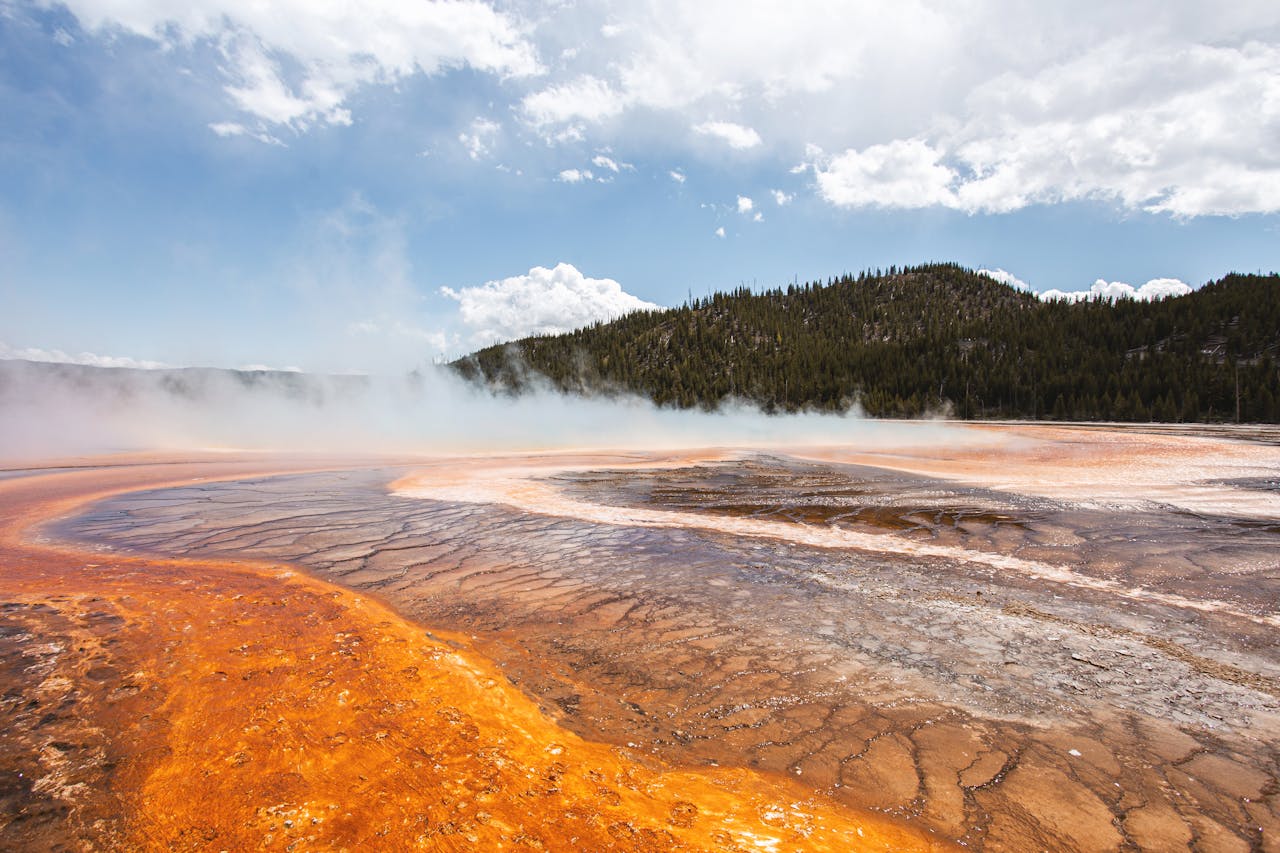
Man Who Tried to Swim in Yellowstone Hot Spring Is Dissolved by Boiling Acidic Water Within a Day
When 23-year-old Colin Scott set out to explore Yellowstone National Park, he was chasing a thrill that many adventure-seekers have felt before: the urge to experience something wild and untamed. What he couldn’t have known, however, was that a single slip would turn a moment of curiosity into one of the park’s most haunting tragedies.
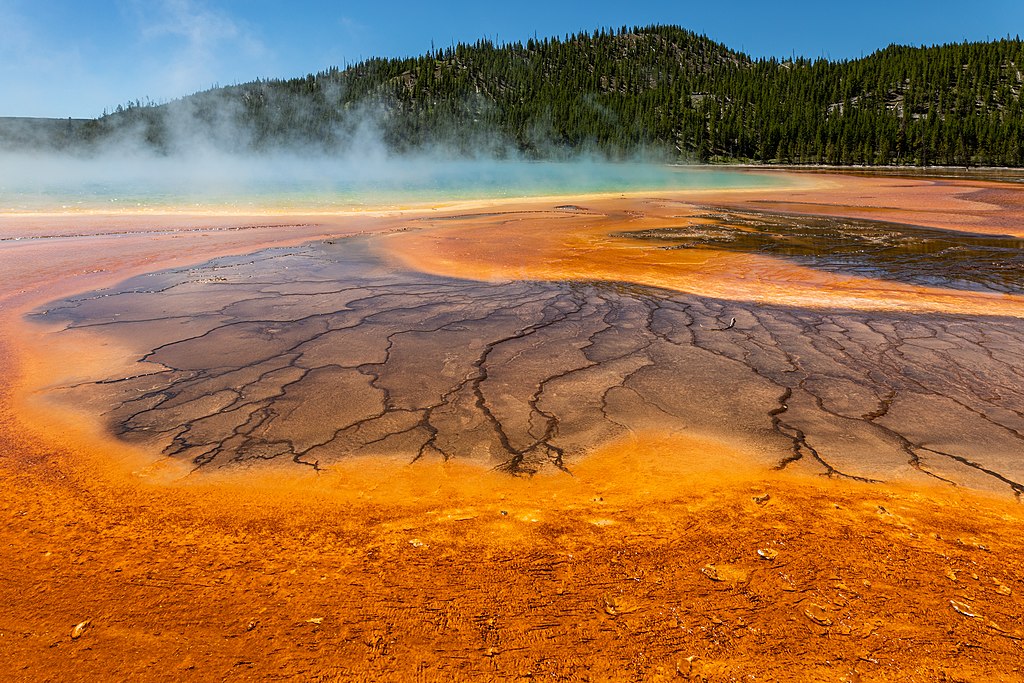
The Deadly Allure of Yellowstone’s Hot Springs
Beneath every shimmering pool in Yellowstone National Park lies a potent convergence of heat, water and mineral rich chemistry that transforms what appears to be a tranquil spa like oasis into a natural hazard zone. The water begins as snowmelt or rain, which seeps deep into the Earth’s crust. There, it is heated by the massive magma chamber beneath Yellowstone, rises back to the surface via fractures and fissures, and emerges as these geologic features.
The process is driven by powerful convection currents as cold water sinks into the crust and is heated by magma, it becomes less dense and ascends rapidly through the park’s underground plumbing. This upward motion carries with it dissolved minerals, volcanic gases and acids, turning the water into more than just hot water.
At the surface, temperatures of some pools approach or exceed 93 °C (200 °F), already beyond what human skin can tolerate in seconds. In zones where pressure is high and water remains superheated, temperatures are even higher. Chemically, the water becomes uniquely dangerous. It carries sulfur gases, carbon dioxide and dissolves silica and other minerals from the surrounding rock. Some springs have a pH as low as 2, making them highly acidic and corrosive.
The visual allure is part of the trap: vivid colors, steam rising like fog, and calming surface ripples invite fascination and false confidence. But the beauty masks conditions that not only can kill by immersion, but can begin breaking down organic material with alarming speed, exactly the scenario reports suggest happened in the tragic case of Colin Scott.
A Tragic Misstep
Colin Scott’s visit to Yellowstone started as a simple adventure with his sister Sable but quickly turned tragic. The 23 year old from Oregon had been exploring near Norris Geyser Basin when the two decided to step off the boardwalk, ignoring warnings meant to keep visitors safe. They were searching for a place to “hot pot,” the illegal act of soaking in the park’s thermal waters.
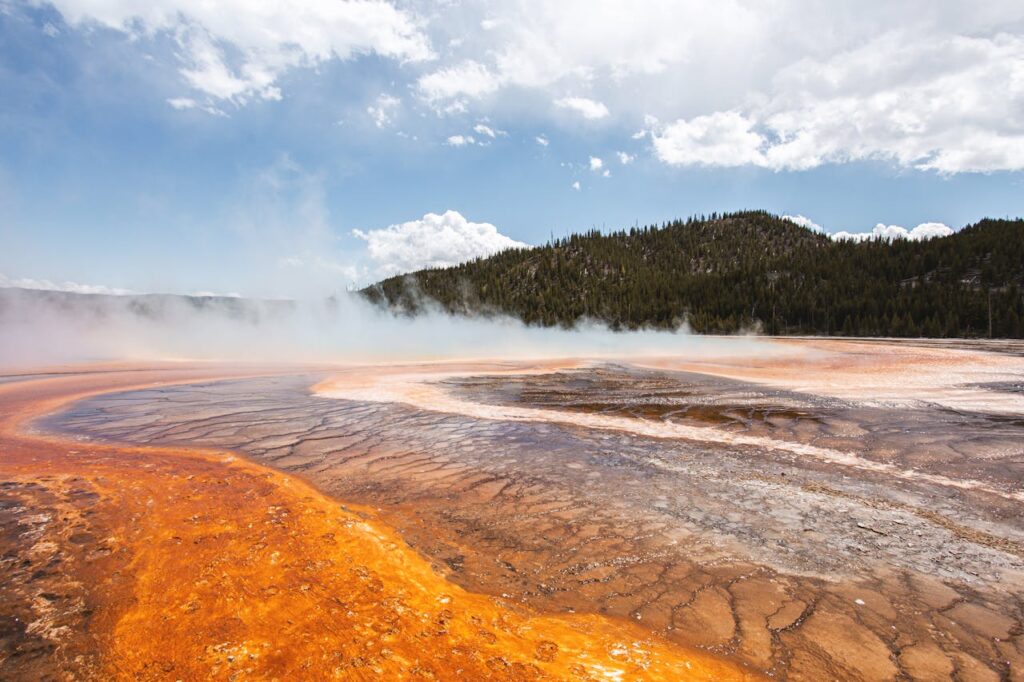
As Sable recorded their walk, Colin crouched near a spring to check the temperature. In seconds, he slipped and fell into the pool. Deputy Chief Ranger Lorant Veress later told KULR TV, “They were specifically moving in that area for a place that they could potentially get into and soak.”
With no cellphone service, Sable ran for help. Rangers reached the site but found the ground dangerously thin and unstable. Portions of Colin’s body were visible in the water, confirming the worst. US Park Ranger Phil Strehle wrote that “due to the report of the individual not previously visible, a lack of movement, suspected extreme temperatures, and indications of several thermal burns, the subject was determined to be deceased.”
As night fell and lightning moved in, rescuers had to abandon the area. When they returned the next day, nothing remained but Colin’s wallet and flip flops. Investigators concluded that the heat and acidity of the pool had completely dissolved his body. Measurements showed temperatures of about 212°F, boiling point at Yellowstone’s elevation.
The Horrifying Science Behind His Disappearance
Deputy Chief Ranger Lorant Veress, who investigated the incident, described what happened in grim detail. “In a very short order, there was a significant amount of dissolving,” he wrote in his report. The acidic and thermal conditions of Yellowstone’s pools mean that any organic material, skin, muscle, bone, can disintegrate rapidly in such extreme environments.
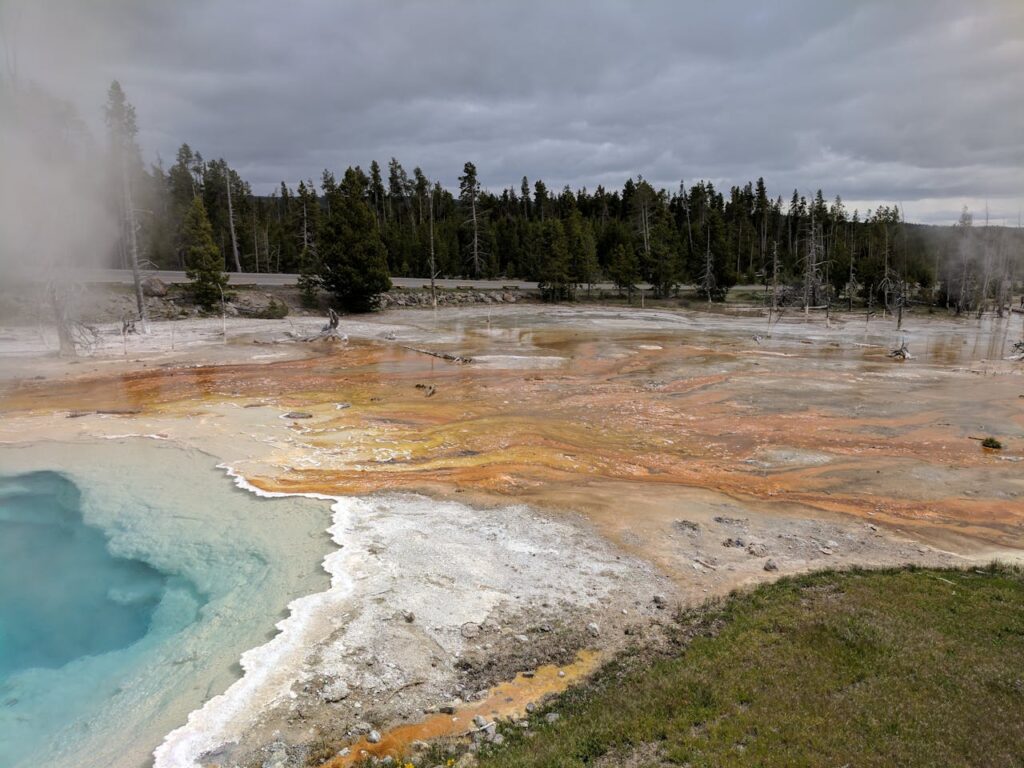
To understand why, it helps to know that the water in these pools is not just hot, it is chemically hostile. The springs contain high concentrations of sulfuric and hydrochloric acids, along with dissolved minerals from deep underground. This combination effectively turns them into nature’s cauldrons, capable of reducing even bones to slurry within hours.
Only extremophiles, tiny bacteria adapted to live in such harsh conditions, can survive these waters. For humans, they are utterly lethal.
Yellowstone’s Deadly History
Colin’s death was not the first tragedy in Yellowstone’s long history of thermal related accidents. According to data from Outforia, at least 52 people have died in the park’s geothermal areas since 2010. Many were victims of curiosity or poor judgment, stepping off designated paths to get a closer look or a better photo.
In one earlier case, a man tried to rescue his dog after it ran into a hot spring. He, too, succumbed to the scalding water. Rangers repeatedly warn visitors to stay on boardwalks and trails for good reason: one misstep can mean instant death.
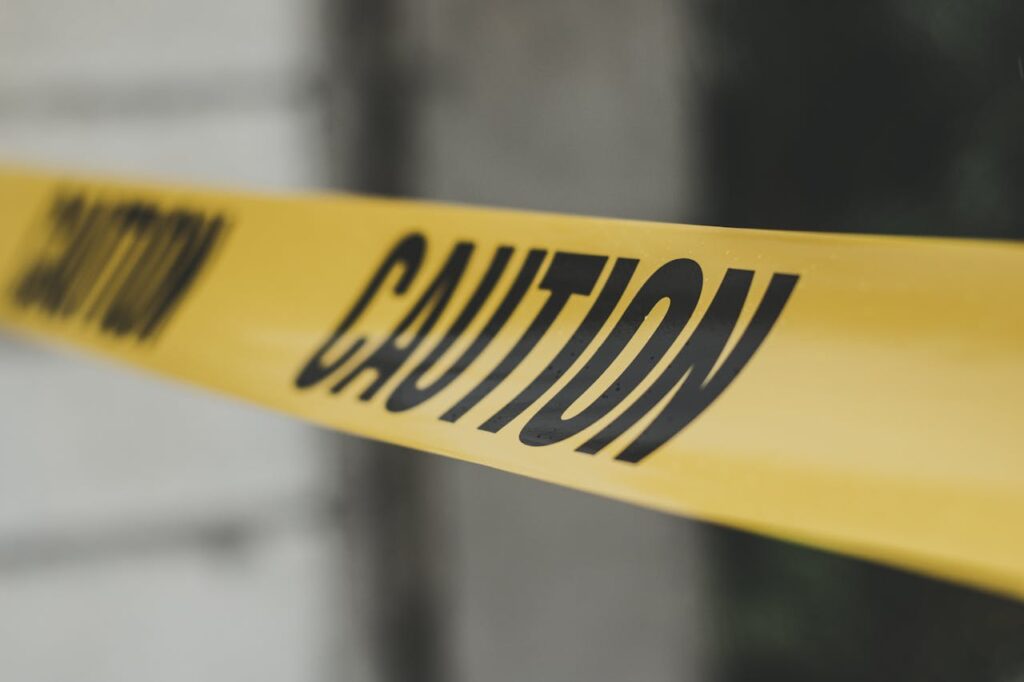
Compared to other U.S. national parks, Yellowstone’s dangers are unique but not unparalleled. The Great Smoky Mountains in Tennessee, for example, have seen even more fatalities, with 92 deaths reported in the same period. But few parks can match the sheer, visceral horror of Yellowstone’s geothermal deaths.
Why People Still Take the Risk
The vivid colors and calm surfaces of Yellowstone’s springs hide lethal heat, yet every year visitors are tempted to get closer. The pools look serene, almost like natural spas, and social media often glamorizes them without showing their danger. For some travelers, that mix of beauty and risk feels irresistible.
Researchers suggest this urge ties to thrill seeking. The same instinct that drives people to climb mountains or dive into caves pushes them to test boundaries here. The vast, open landscape and lack of supervision can make the danger seem distant, even unreal, until it is too late.
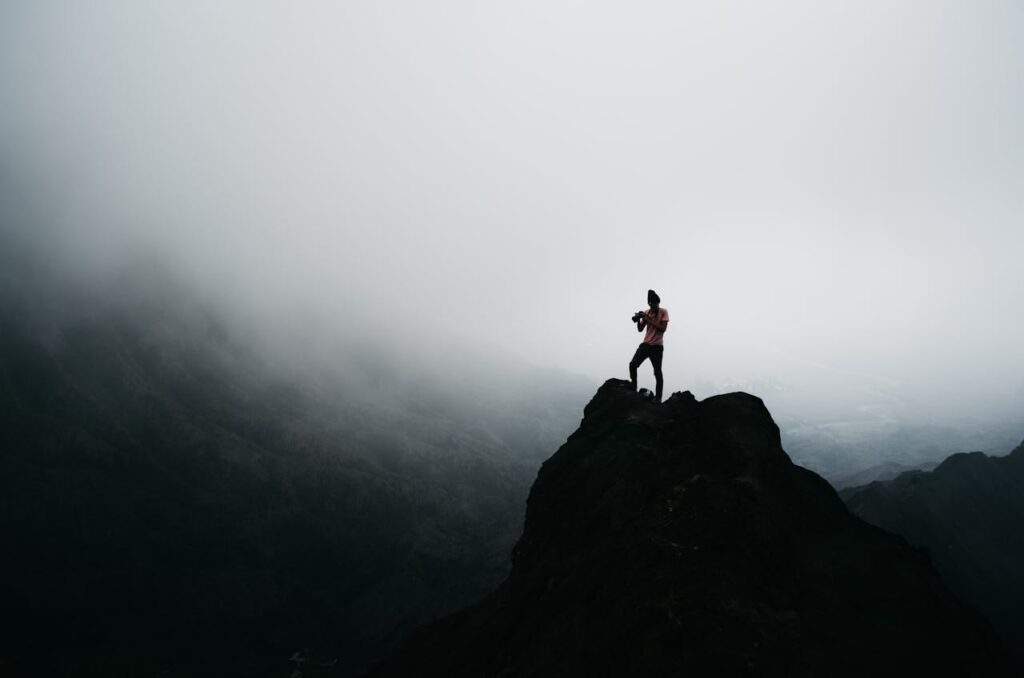
Rangers say they routinely stop visitors from stepping off trails or trying to test the water. Many ignore warnings, convinced that brief contact could not possibly harm them. Yet the park’s rules exist because one misstep can be fatal.
Ultimately, the risk reflects a deeper human desire to connect with nature so directly that it feels transcendent. But Yellowstone is not meant for that kind of touch. Its beauty is a reminder of power, not invitation. Each boardwalk and warning sign is there so that awe, not tragedy, is what visitors take home.
Lessons from the Tragedy
Colin Scott’s story is more than just a chilling headline. It reminds visitors that Yellowstone’s wonder and danger are inseparable.This tragedy also speaks to a broader truth about human curiosity. Adventure and exploration are essential to our nature, but they demand awareness and restraint. Understanding the science behind the springs and listening to expert guidance can transform fear into respect rather than tragedy.
Furthermore, every geothermal area at Yellowstone is a living system powered by immense heat and pressure. Visitors are encouraged to remember that the warnings are not arbitrary. They are built from centuries of observation, past accidents, and painful lessons learned. Respecting those rules honors the people who have lost their lives and ensures that future generations can safely witness the same landscapes. Here are key takeaways for anyone visiting geothermal regions:
- Respect barriers and signs. They exist to protect you from hazards you cannot see. Even a few feet off the trail, the ground may be thin enough to collapse or hide boiling water just below the surface.
- Understand the risks. Hot springs in volcanic areas are not ordinary water. They can reach boiling temperatures, emit toxic gases, and dissolve organic material. Staying informed can mean the difference between safety and catastrophe.
- Do not chase social media moments. Every year, people are injured trying to capture the perfect picture. No image or video is worth a life. Admire Yellowstone’s beauty from safe, designated paths.
- Learn before you explore. Read park materials and listen to rangers. Knowing how geothermal systems work adds depth to the experience and helps ensure you leave the park safely.
The Reflective Truth Beneath the Surface
Yellowstone is a reminder of how alive the planet truly is. Beneath its vivid pools and endless geysers, molten energy moves just below the surface, shaping a world that is both breathtaking and perilous. Standing near these springs is like standing at the edge of the Earth’s power, a place where creation and destruction coexist.
For all our progress, humanity remains fragile before that force. Each safety rail, warning sign, and boardwalk is a quiet acknowledgment that we cannot fully control nature’s energy. Yellowstone shows that the Earth does not bend to our curiosity, it demands respect, patience, and humility.
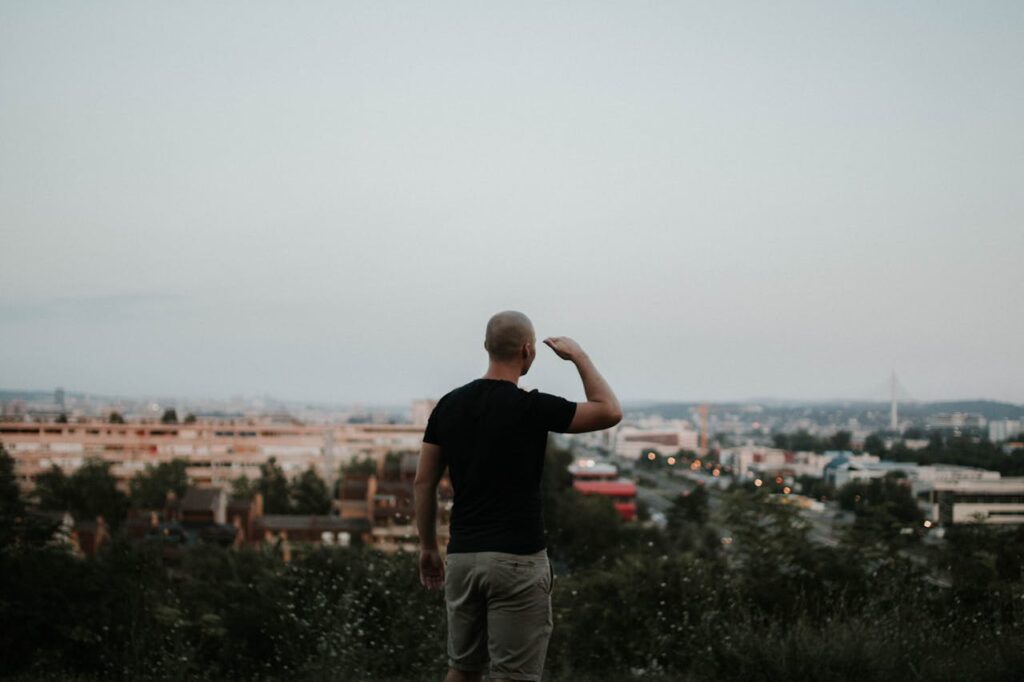
Colin Scott’s death is not just a tragic story but a reflection of that fragile balance between wonder and recklessness. His fate underscores how quickly awe can become peril when respect fades. The same natural beauty that draws millions can just as easily take life away.
In the end, Yellowstone invites reverence, not risk. The best way to experience its power is not through touch but through understanding. To stand back and watch its geysers roar is to glimpse the immense energy that sustains our world and to remember how small we truly are.
Featured Image from Pexels
Loading...

